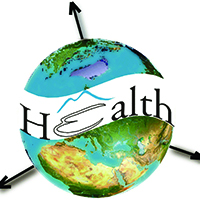Abortion and infant mortality change driven by socioeconomic conditions in Russia

All claims expressed in this article are solely those of the authors and do not necessarily represent those of their affiliated organizations, or those of the publisher, the editors and the reviewers. Any product that may be evaluated in this article or claim that may be made by its manufacturer is not guaranteed or endorsed by the publisher.
Authors
Increasing fertility and decreasing mortality are major response strategies in Russian demographic reform, which has led to significant decreases in both abortion rate (AR) and infant mortality. This study explores mechanisms influencing the socioeconomic conditions leading to abortion and infant mortality. Spatial panel economic analysis using data from the 83 regions of the country covering four time periods was applied. Every 1000 USD increase in per capita gross regional product (GRP) can lead to a decrease of the AR by 0.075, while one year life expectancy increase would lower it by 0.441. For infant mortality rate (IMR), GRP also shows a positive impact, particularly in recent years, while the population size of the region has a negative impact. Every 1000 USD increase in per capita GRP would result in a rate decrease of 0.064 in IMR, and every increase of 1000 added population would lead to an increased IMR by 2.05. The harvest effect between AR and infant mortality that was evident earlier, but not in the recent years, implies that the health care system in Russia is effective. A comprehensive improvement in wellbeing, income, etc. can contribute to mitigation of abortion and infant mortality. Theoretically, this study extends current research by comprehensively displaying the spatio-temporal patterns of abortion and infant mortality in Russia and qualifies the impact of regional socioeconomic disparities with regard to these two issues.
How to Cite
PAGEPress has chosen to apply the Creative Commons Attribution NonCommercial 4.0 International License (CC BY-NC 4.0) to all manuscripts to be published.













